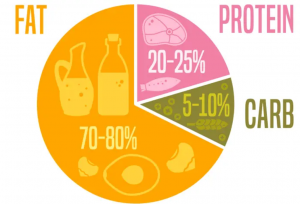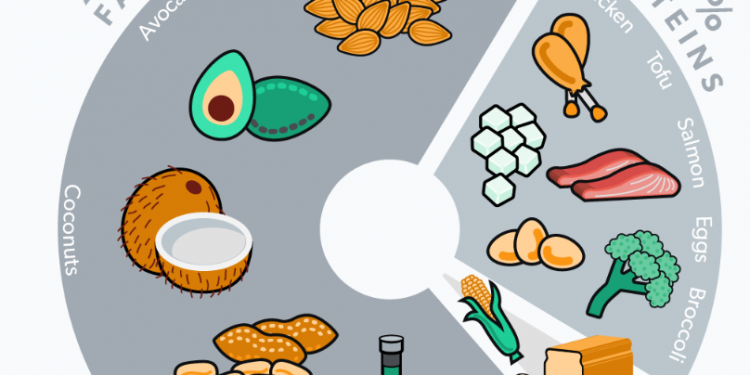The ketogenic diet, also known as keto for short, has gained popularity in recent years as a method of weight loss and health enhancement. But what is it exactly, and how does it operate? The fundamentals of the ketogenic diet, its potential advantages and disadvantages, and how to get started if you’re interested in giving it a try will all be covered in this article.
What is the ketogenic diet?
The goal of the ketogenic diet is to put your body into a state of ketosis when it uses fat as fuel rather than glucose (sugar) as a source of energy. It consists of a high-fat, low-carbohydrate diet. 70–80% of the diet should be fat, followed by 10–20% of protein, and 5–10% of carbs.
The concept behind the diet is to make your body rely on fat for energy instead of carbohydrates by dramatically lowering your intake of carbohydrates. In addition to other health advantages, this may result in weight loss and better blood sugar regulation.
What can you eat on a ketogenic diet?
The mainstay of the ketogenic diet is foods that are high in fat and low in carbohydrates. Foods like meat, fish, eggs, nuts, seeds, avocados, and healthy oils like coconut and olive oil are included in this category. In moderation, low-carb veggies including leafy greens, broccoli, and cauliflower are also acceptable.

Sugary and starchy foods like bread, pasta, rice, potatoes, and fruit (apart from tiny amounts of berries) should be avoided when following the ketogenic diet. Since most processed foods and snacks tend to be low in fat and heavy in carbohydrates, they are also often off-limits.
Potential benefits of the ketogenic diet
There is some proof that the ketogenic diet may offer additional health advantages in addition to weight loss. For instance, some research has shown that it can help people with type 2 diabetes better control their blood sugar levels and, in some circumstances, even reverse the disease.
The diet may also be advantageous for those who suffer from neurological conditions like epilepsy because it can lower seizure frequency and enhance cognitive function. Although further research is required in these areas, some studies have also suggested that the ketogenic diet may have anti-inflammatory and anti-cancer effects.
Risks and considerations
Before beginning the ketogenic diet, it’s vital to be informed of the possible hazards and considerations, even if the diet can be helpful for weight loss and may have other health advantages.
First of all, a long-term diet might be tricky to maintain because it can be difficult to adhere to such a rigid diet. Furthermore, due to the diet’s high-fat content, those who suffer from diseases like pancreatitis or gallbladder disease may not be able to follow it.
Finally, it’s important to remember that diet can cause certain negative effects, particularly in the beginning. This can involve, among other things, tiredness, headaches, nausea, and constipation. However, once your body becomes used to the diet, these symptoms usually get better with time.
Getting started with the ketogenic diet
Before beginning the ketogenic diet, it’s crucial to complete your research and see a healthcare provider if you’re interested in doing so. They may offer advice on how to follow the diet safely and successfully as well as assist you in determining whether the diet is a good fit for you.
As you begin the ketogenic diet, some advice is to gradually cut back on your carb intake over a few weeks, increase your fat intake to make up for it, and keep a tight eye on your protein intake to make sure you don’t go over your daily limitations. As the diet can result in electrolyte imbalances and dehydration, it’s also critical to maintaining adequate electrolyte and hydration levels.
In conclusion, the ketogenic diet is a high-fat, low-carbohydrate eating plan that may help with other health issues in addition to weight loss.











